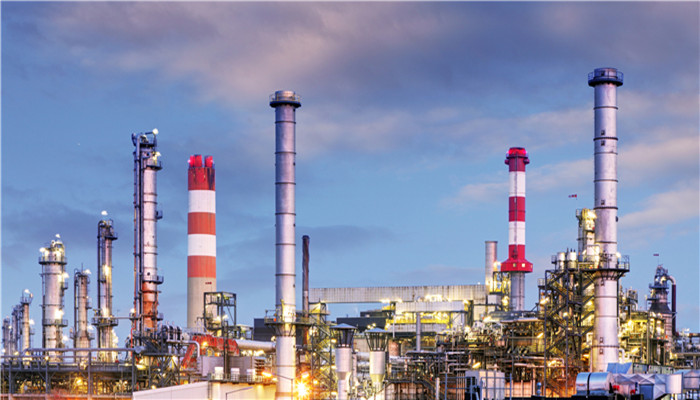
N-tert-butylacrylamide has a broad market and good industry development prospects
N-tert-butylacrylamide, also known as N-(1,1-dimethylethyl)-2-acrylamide, is in the form of white powder or crystal at room temperature. Its molecular formula is C7H13NO, its molecular weight is 127.18, its melting point is 128-129°C, and its boiling point is 233.5°C. It is found in ethyl acetate, dichloromethane and amides, etc. It has a certain solubility in organic solvents and is difficult to dissolve in water. N-tert-butylacrylamide is an important acrylamide derivative monomer. Adding this type of monomer during the polymer synthesis process can not only enhance the toughness of the molecular chain and improve the temperature and salt resistance of the polymer, but also It is used as a hydrophobic monomer to synthesize hydrophobically associated water-soluble polymers. This water-soluble polymer can increase the viscosity of aqueous solutions and is often used as an oil displacement agent in the oil recovery process; in addition, N-tert-butylacrylamide is also a super One of the synthetic substrates of water-absorbent gels, it plays an important role in constructing the cross-linked network structure of super-absorbent gels.
Due to the high technical, financial, environmental and other barriers to N-tert-butylacrylamide industry, coupled with the fact that the downstream market has not been fully developed and the market space is limited, there are not many companies in the N-tert-butylacrylamide industry at this stage. Representative companies include Jiangsu Jingke Jiayi Industrial Technology Co., Ltd., Shandong Liangzou Mining Group Co., Ltd., Hubei Jinleda Chemical Co., Ltd., etc., mainly distributed in East China, Central China and other regions. According to the “China N-tert-butylacryloyl Market Analysis and Development Prospects Research Report 2020-2024” released by the Industrial Research Center It shows that in 2022, China’s N-tert-butylacrylamide industry output will be 1,321.5 tons.
At present, the price of N-tert-butylacrylamide is relatively high. On the one hand, N-tert-butylacrylamide has a low degree of industrialization, few production companies, a small market size, low market transaction activity, and a small production scale of a single enterprise, making it difficult to expand N-tert-butylacrylamide. The scale of production or even the guarantee of continuous production makes it difficult for economies of scale to appear. Coupled with the lack of effective competition in the market, prices remain at a relatively high level. Moreover, due to the lack of information exchange within the industry and in the market, there may be large differences in the quotations of various companies.
On the other hand, in recent years, environmental protection policies have become stricter and environmental inspections have been intensified. As chemical companies with greater pollution emission hazards, they have received special attention from relevant departments. In addition, the introduction of environmental protection taxes has raised the price of N-tert-butyl The acrylamide industry threshold has forced some companies to suspend or limit production, supporting price increases. In addition, pollution treatment costs, environmental protection process improvements, environmental protection taxes and fees are all reflected in product prices, which also makes the price of N-tert-butylacrylamide rise.
Industrial analysts said that at present, there are few manufacturing companies in the N-tert-butylacrylamide industry in my country. Compared with well-known foreign companies, , the competitiveness of domestic independent brands is weak and limited to some mid- to low-end product fields. However, with its price advantage, it also has certain competitiveness in the international market. But overall, China’s N-tert-butylacrylamide industry is still in the growth stage, and market competition is not sufficient. In the future, with the expansion of the market scale of China’s N-tert-butylacrylamide industry and the improvement of technological levels, the competitiveness of local N-tert-butylacrylamide brands will continue to improve, and their competitiveness in the international market will also be enhanced.

 微信扫一扫打赏
微信扫一扫打赏

